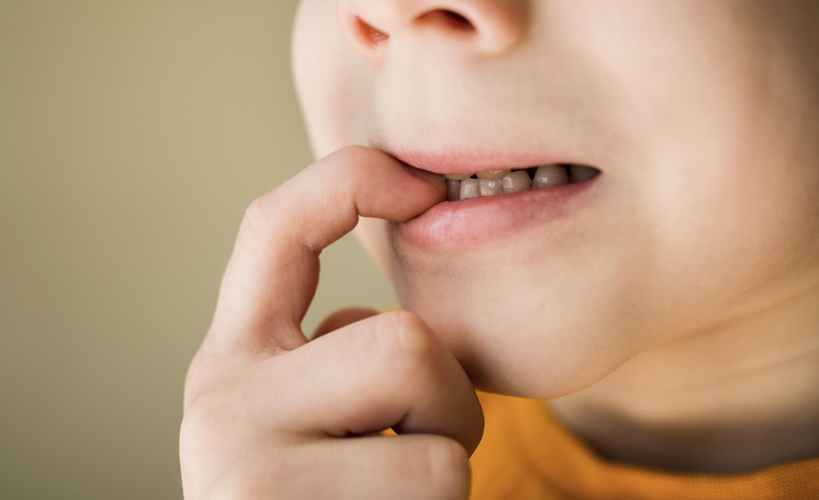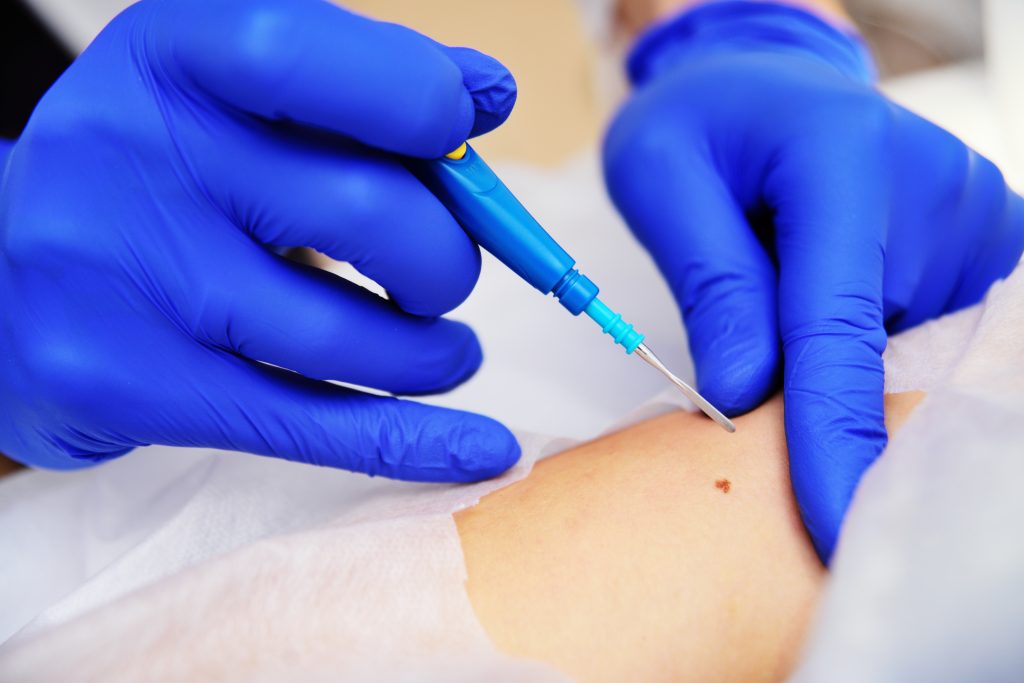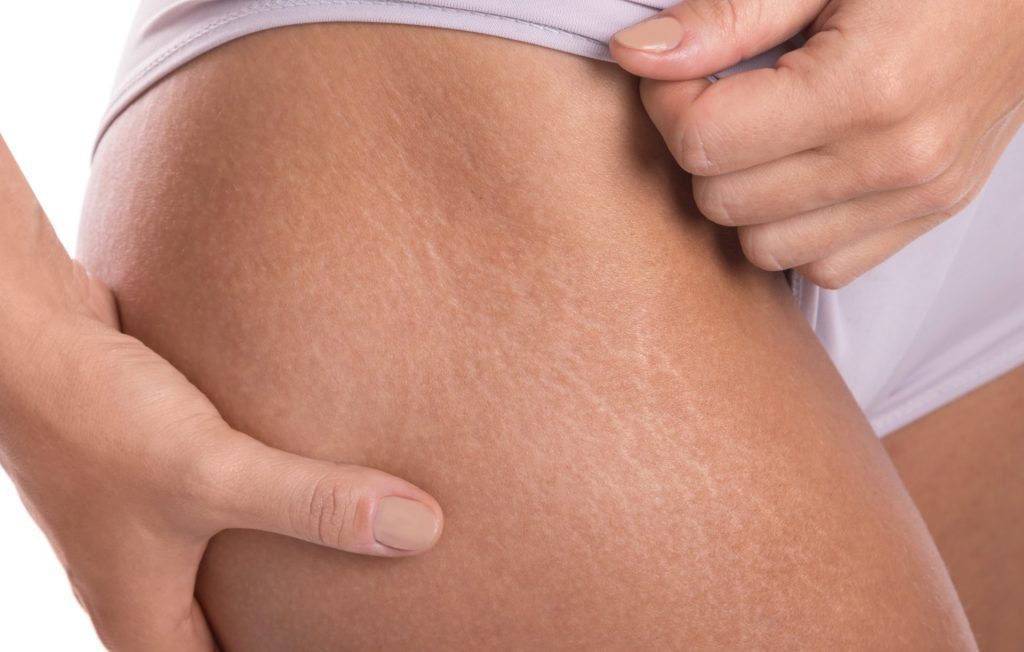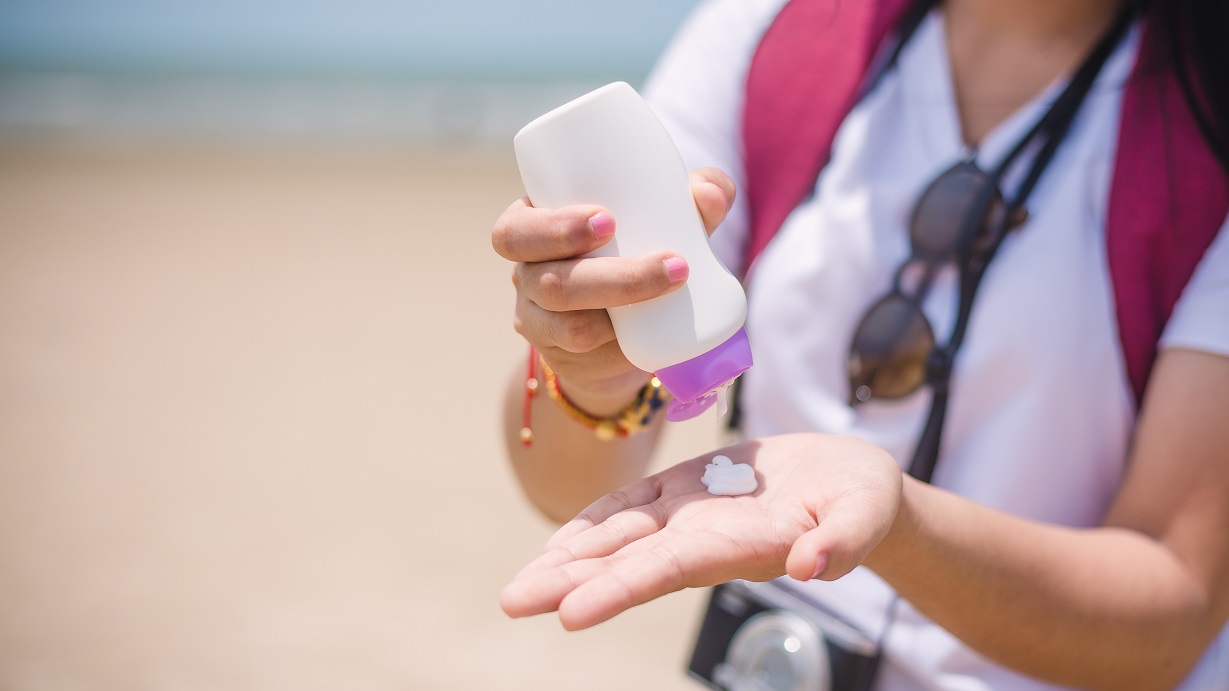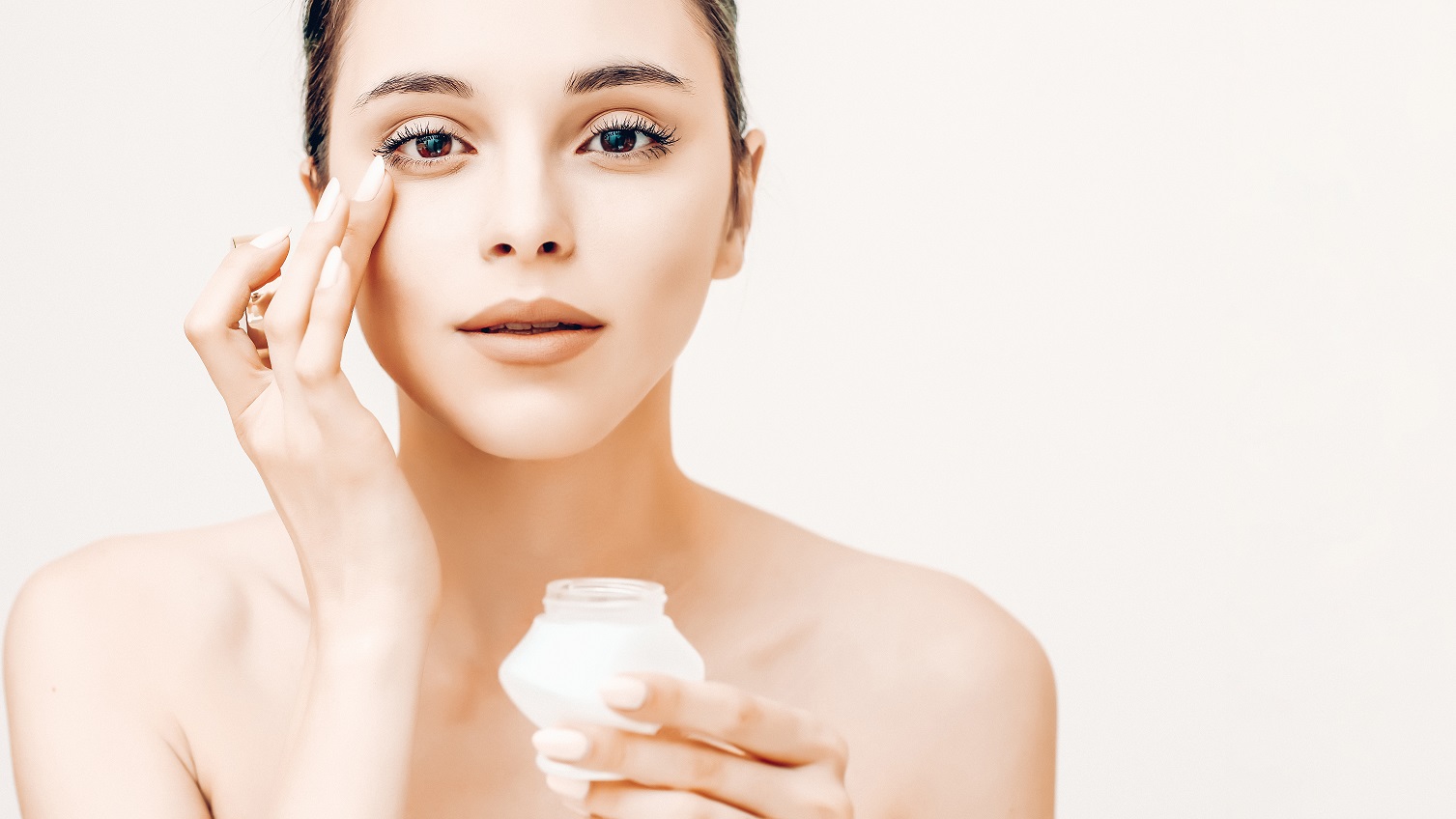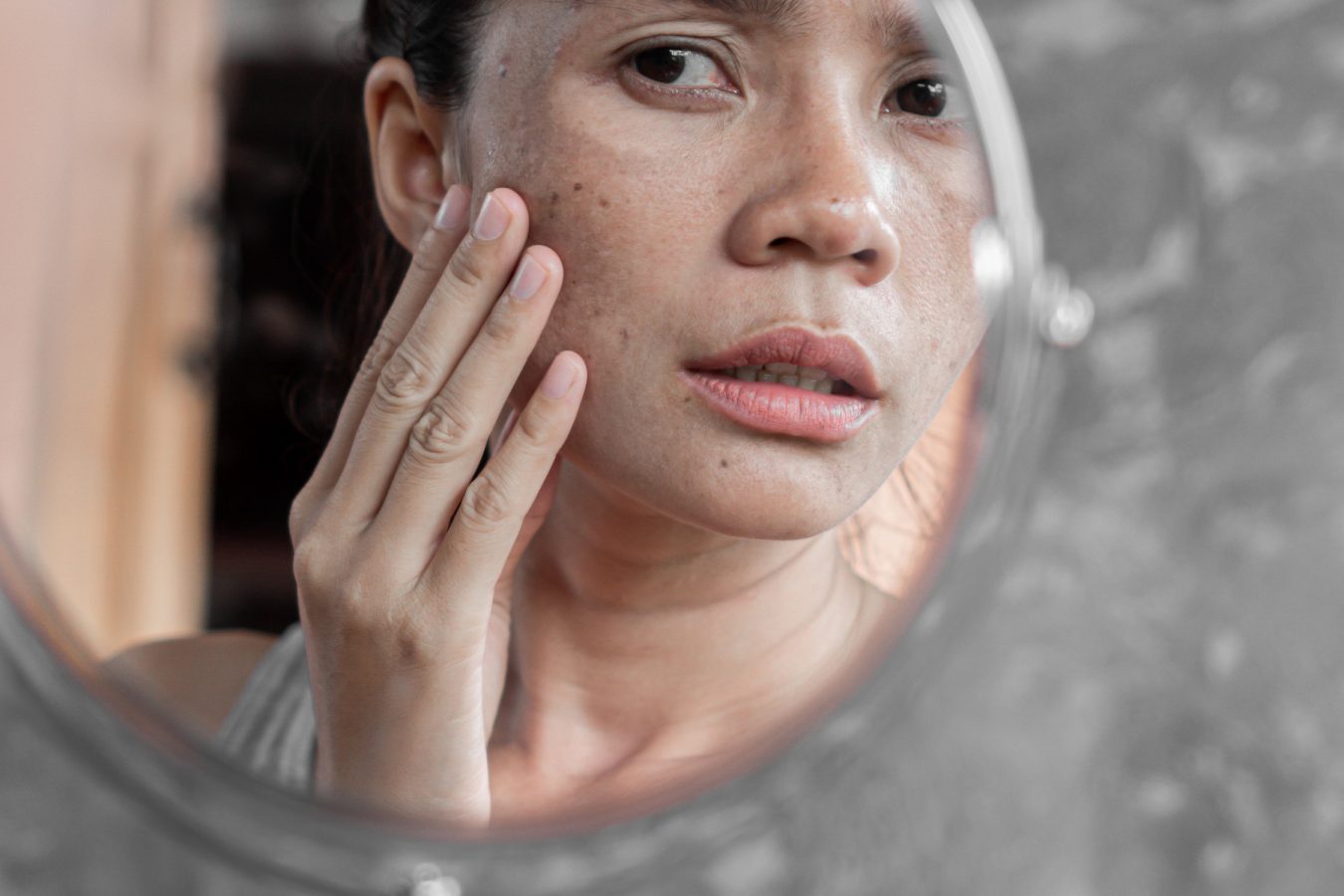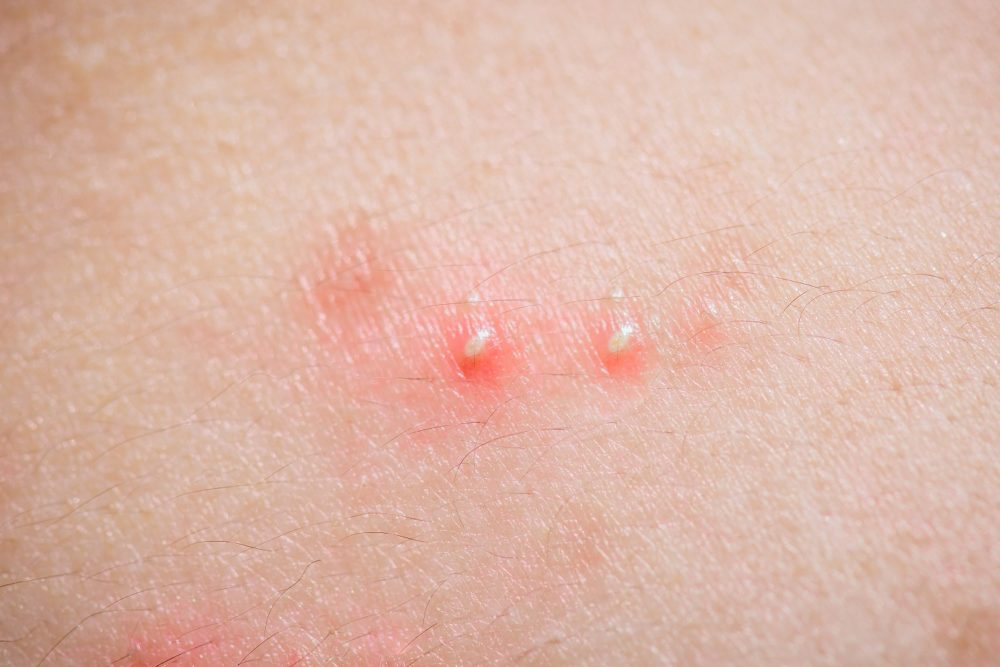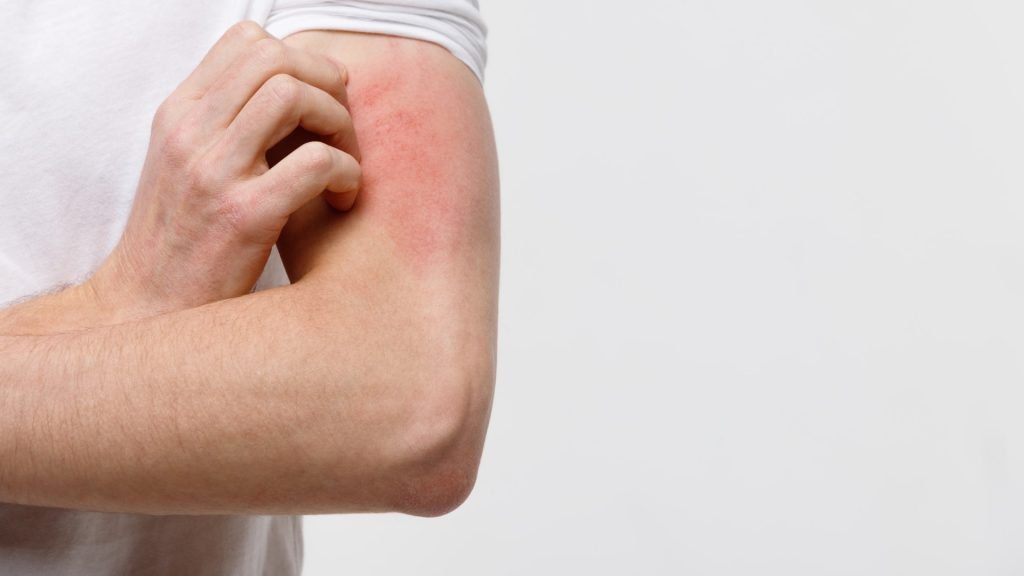
Our very own, Dr. Benjamin Barankin was recently quoted in The National Post about dry skin – products and preventatives.
During the colder months, our bodies are often covered in layers of clothes. Then during the summer, we shed some layers and our skin makes a guest appearance. As we sport shorts, tanks and sandals, we’re sometimes surprised by the state of our skin.
It can be off-putting when legs are so dry they look like the Sahara desert floor, cracking in the heat. Or when elbows are so rough they can injure others. Or when heels split open and start bleeding. Problems that many dry-skinned humans have to deal with on a daily basis.
In order to cure dry skin, and prevent it, we reached out to Dr. Benjamin Barankin. Dr. Barankin is a Toronto dermatologist and medical director of Toronto Dermatology Centre. He’s already helped us find the best sunscreens and understand basic skincare, and now he shares his expertise in our quest to have happy and healthy skin.
What can cause dry skin?
“Dry skin has lost its moisture. It can appear as dry, but also dull, scaly or flaky, and sometimes itchy. If it is prolonged, it can result in eczema (red, itchy, sometimes weepy skin),” says Dr. Barankin.“It can be due to aging, or medications (e.g. acne treatments, blood pressure pills, diuretics, statins for cholesterol), or long dry winters, and often has a genetic component too.”
What can cause cracked heels?
“As skin dries, it shrinks which can cause cracking. Some cracks can be deep, and then become sore or even bleed,” shares Dr. Barankin. It can even get medical. “Some people have cracking of heels because they have an actual skin condition like foot fungus (tinea pedis) or psoriasis or eczema.”
How do I know if I should see a dermatologist or use over-the-counter products?
“For dry skin or cracked heels, definitely worth trying some over-the-counter products first. Also, being more mindful to moisturize immediately after bathing, as well as having a cool-mist humidifier on in the wintertime,” says Dr. Barankin.
“And minimizing exposure to the elements (e.g. wearing gloves, hat, scarf etc., or avoiding going outdoors on cold or windy days). Using less harsh soaps is important (like CeraVe Hydrating Cleansing Bar or Dove sensitive skin bar) too, and reducing friction from towels by pat drying instead of rubbing.”
Are there any home remedies that are effective to treat dry skin?
“Lots of different products worth trying. In general, the greasier the better (ointments and balms are best, then creams, lotions the least),” says Dr. Barankin. Adding that “Urea is a useful ingredient and should be used at higher concentrations for hands and feet.”
Dr. Barankin also suggests the following possible ingredients for home remedies (many are raw ingredients, so use with caution):
- Glycerin
- Shea butter
- Colloidal oatmeal
- Dimethicone
- Hyaluronic acid
- Ceramides
- Niacinamide (it’s relatively new and seems to be effective)
- For thick and dry heels, various acids such as lactic acid or salicylic acid could be effective
Credit: By Randi Mann, nationalpost.com


